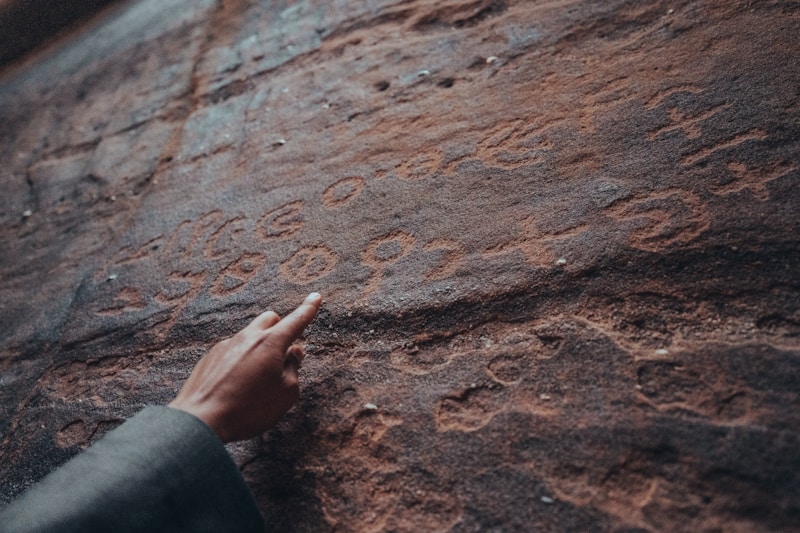9 Questions
What is the goal of origami?
To transform a flat square sheet of paper into a finished sculpture through folding and sculpting techniques
What is the difference between ceremonial origami and recreational origami in Japan?
Recreational origami is more popular
When was traditional Japanese origami practiced?
Edo period
What are stents and packaging examples of?
Engineering applications of origami principles
What is the meaning of the word 'origami'?
To fold paper
What is wet-folding?
A technique for producing models with gentle curves
What is technical origami?
An origami design approach in which the model is conceived as an engineered crease pattern
What is the Origami Authors and Creators group?
A group that represents the copyright interests of origami artists
What is the term 'origami' used to refer to in addition to paper folding?
A specific style of old documents in Japan
Study Notes
Origami: The Art of Paper Folding
- Origami is the Japanese art of paper folding, with the goal of transforming a flat square sheet of paper into a finished sculpture through folding and sculpting techniques.
- In Japan, origami is divided into stylized ceremonial origami and recreational origami, with only the latter being generally recognized as origami.
- Traditional Japanese origami has been practiced since the Edo period and has often been less strict about conventions, sometimes cutting the paper or using nonsquare shapes to start with.
- The principles of origami are also used in stents, packaging, and other engineering applications.
- The word origami itself is a compound of two smaller Japanese words: "ori" meaning to fold and "kami" meaning paper.
- Distinct paperfolding traditions arose in Europe, China, and Japan which have been well-documented by historians.
- Ceremonial origami in Japan was established as early as the Heian period and became stylized and established as a form of etiquette for wrapping money and gifts.
- Recreational origami is believed to have existed by the Sengoku period or the early Edo period and became popularized in the 1700s and 1800s with the publication of various designs and patterns.
- In the early 1900s, origami was promoted as part of early childhood education in Japan, and European ideas about paperfolding were integrated into the Japanese tradition.
- Akira Yoshizawa, Kosho Uchiyama, and others began creating and recording original origami works in the 1900s, leading to a renaissance of the art form.
- Since the late 20th century, there has been a renewed interest in understanding the behavior of folding matter, both artistically and scientifically, leading to the development of new techniques such as box-pleating, tessellations, and wet-folding.
- Almost any laminar material can be used for folding, but origami paper, often referred to as "kami," is sold in prepackaged squares of various sizes and is commonly colored on one side and white on the other. Washi is the traditional origami paper used in Japan and is generally tougher than ordinary paper made from wood pulp.Origami: Types, Techniques, and Related Computer Programs
Types of Origami:
- Action origami involves models that can move
- Modular origami uses identical pieces to form a complete model
- Wet-folding produces models with gentle curves
- Pureland origami uses only simple mountain/valley folds
- Origami tessellations use pleats to connect molecules
- Kirigami involves paper cutting
- Strip folding is a combination of paper folding and weaving
- Teabag folding uses small square pieces of paper to create rosettes
Techniques:
- Tools like bone folders, paper clips, and tweezers can help with folding
- Wet-folding is an origami technique for producing models with gentle curves
- Mathematics is involved in the practice and study of origami
- Technical origami is an origami design approach in which the model is conceived as an engineered crease pattern
- Computer aids to origami such as TreeMaker and Oripa have been devised
Copyright and Ethics:
- Copyright in origami designs has become an increasingly important issue in the origami community
- It is considered good etiquette to always credit the original artist and the folder when displaying origami models
- The Origami Authors and Creators group was set up to represent the copyright interests of origami artists and facilitate permissions requests
- A court in Japan has asserted that the folding method of an origami model is not protected under the copyright law
Origami in Various Meanings:
- The term 'origami' also refers to the certificate of authenticity that accompanies a Japanese sword or tea utensil
- The term 'origami' also referred to a specific style of old documents in Japan
Gallery:
- Pictures show examples of various types of origami
Discover the fascinating world of origami with our quiz! From the traditional Japanese art of paper folding to the modern techniques used in engineering and science, learn about the different types and techniques of origami. Test your knowledge on the history and cultural significance of origami, as well as copyright and ethics surrounding origami designs. Explore a gallery of stunning examples of various origami types, and see how much you know about this timeless art form. Take the quiz now and fold your way to success!
Make Your Own Quizzes and Flashcards
Convert your notes into interactive study material.





